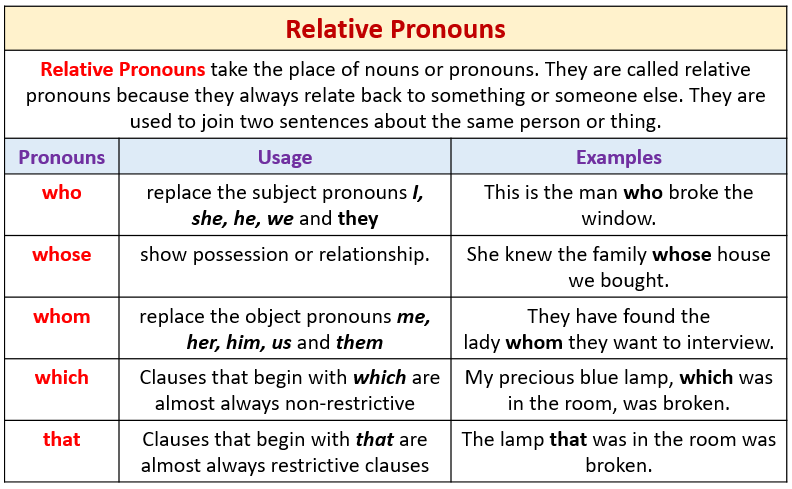
Singular they/them is often used as a gender neutral kind of pronoun.


She/her is generally associated with feminine identity, but not limited to it he/him is likewise generally, but not necessarily, masculine. English uses common, non-gendered pronoun sets for the first and second grammatical persons (the speaker and addressee, respectively) and for third-person plural (others), while third-person singular pronouns often vary based on the gender (or lack thereof) and animacy of the antecedent.Ĭommonly known and used pronouns include: Person The noun replaced by the pronoun is known as the antecedent.

For instance, someone who uses the pronouns she/her may be a genderfluid or agender person instead of a binary female person. Although certain pronouns are used more often by certain genders, pronouns do not necessarily indicate an individual's gender identity. In English, some pronouns have strong social associations with a specific gender identity, typically she/her with women and he/him with men. Which pronouns a person uses should not be assumed or guessed. They are not something only certain types of people have. Although the topic of personal pronouns has been associated with the LGBTQIA+ community, particularly with people who are transgender or non-binary, everyone has pronouns. Personal pronouns are used to refer to a person when not using their name, and they are the type of pronouns meant when discussing a person's pronouns. Pronouns are words that can substitute for a noun. Pronoun Some examples of pronouns sorted by grammatical function


 0 kommentar(er)
0 kommentar(er)
